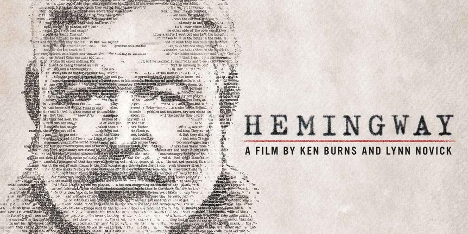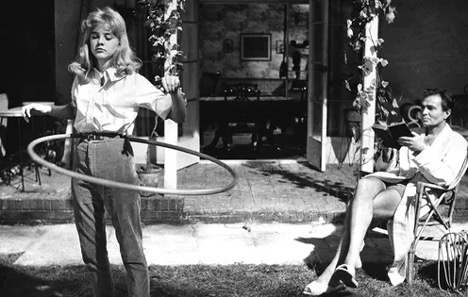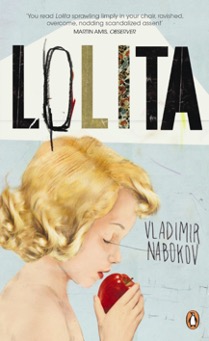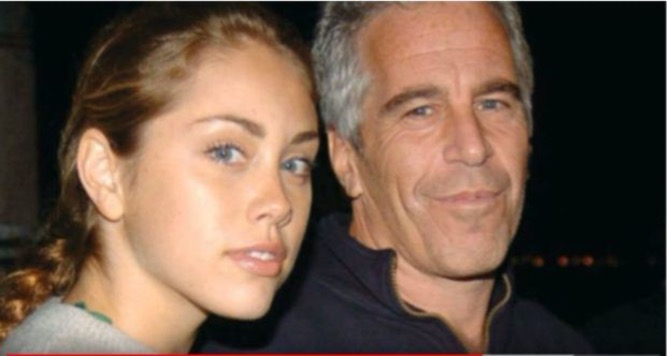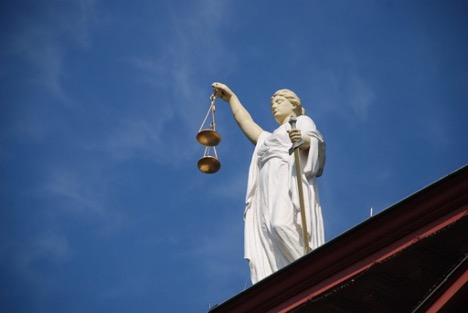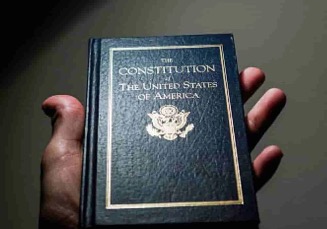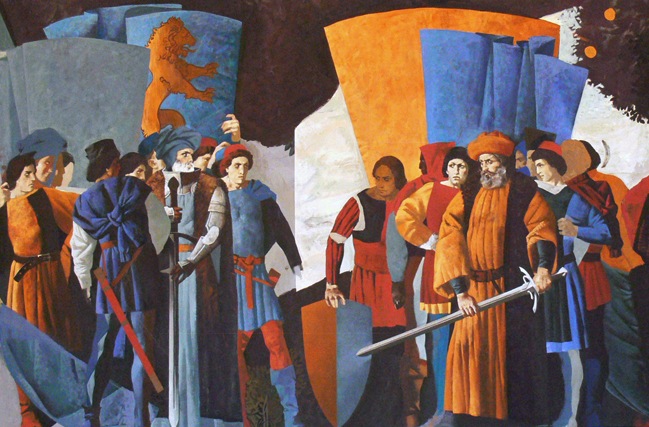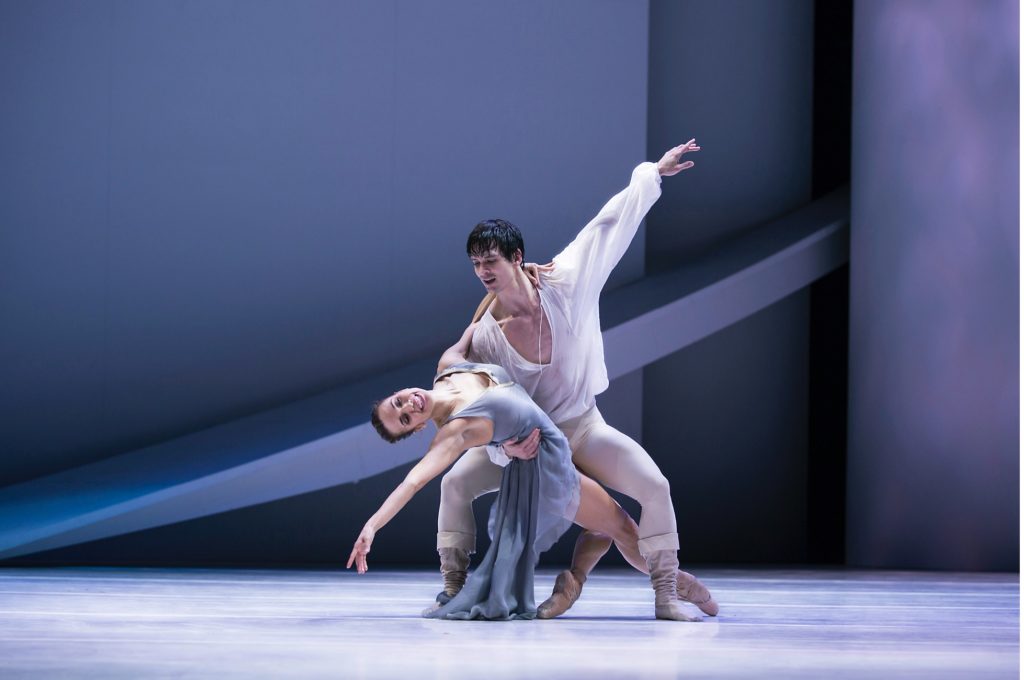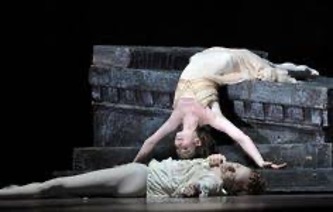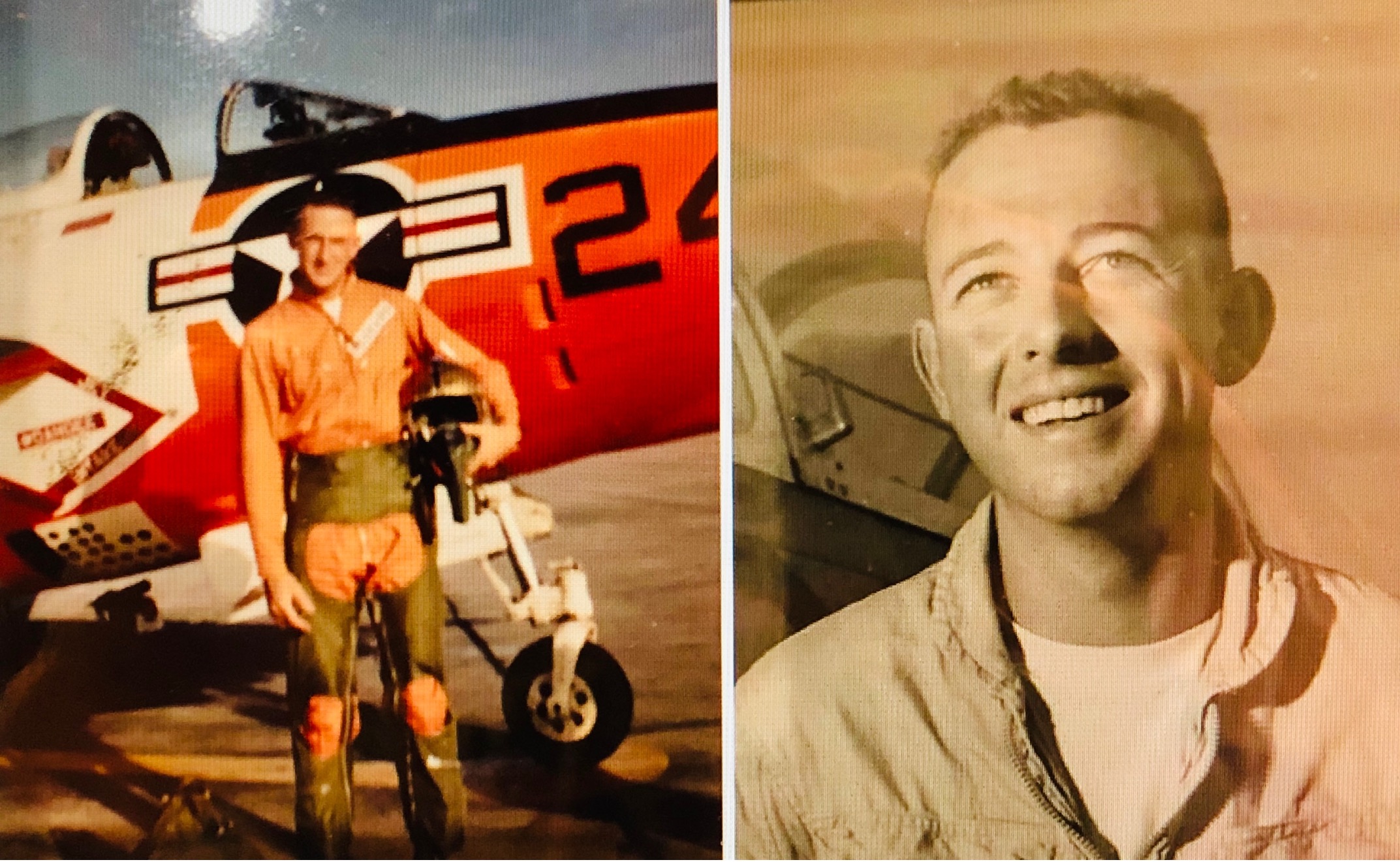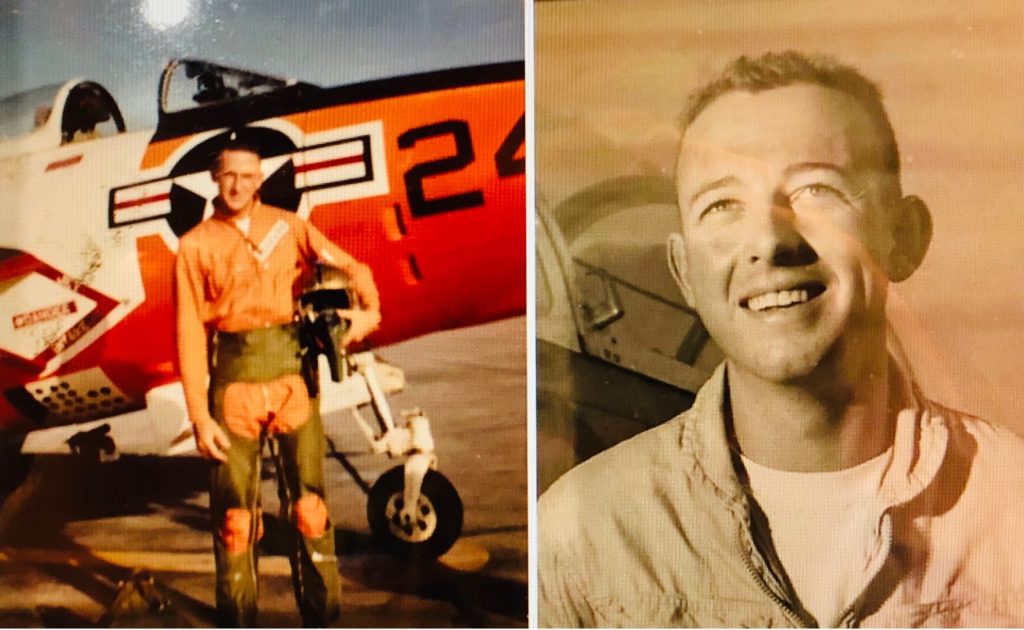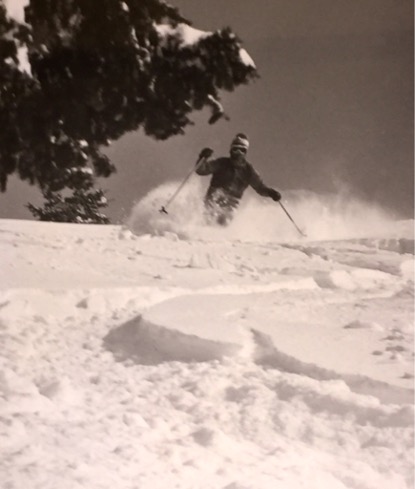My last post drew a number of interesting comments, especially Marilynn’s belief that Vladimir Nabokov’s Lolita could only have been written by someone who experienced or fantasized about what is described – a middle-aged professor’s sexual relationship with a 12-year-old girl. Jon Maksik, a very good writer friend, pointed out such a belief could only come from an inability to separate the art from the artist. And now we have Ken Burns’ three-part documentary on Hemingway.
I don’t find it hard to separate the art from the artist in Nabokov’s case. I’m convinced Lolita sprang solely from the literary imagination of a creative genius. It’s much harder to separate art and artist when it comes to a writer like Hemingway whose protean interests, appetites and geography are important in his work. Add in the self-mythologizing, quantity of literary output, and 100 years of critical attention. Then it’s even more difficult. I’m sure he would have enjoyed the attention but hated the documentary with its heavy emphasis on the darker aspects of his character.
Tastes and tastemakers change over time. Books and writers move in and out of favor. Catcher in the Rye and J.D. Salinger held America’s attention for a generation. The Great Gatsby wasn’t a big seller and few literary critics regarded it as special. Many now believe it’s the great American novel. Hemingway’s own widely quoted opinion, was “All American literature comes from one book from Mark Twain called Huckleberry Finn.” There are cycles. Now, we’re having another look at Papa.
He won two Pulitzers and the Nobel Prize, the Nobel Committee noting his “mastery of the art of narrative, most recently in The Old Man and the Sea.” My guess is he’ll be remembered more for the way his prose changed modern writing than for any one book. Like Fitzgerald and Salinger, critics and biographers have focused as much on his life and lifestyle as on his art. In this documentary Burns and Novick show all his warts – meanness, insecurity, narcissism, womanizing, misogyny, alcoholism, androgyny and mental illness – while hoping the writer’s work will speak for itself. I wish it had been more balanced.
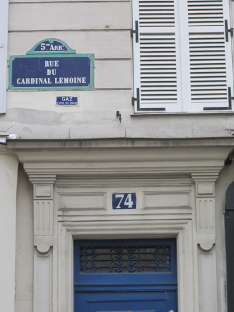
My interest in Hemingway is a mixture of personal and literary. For 25 years I lived just down a two-lane Idaho road from where he committed suicide. His son Jack (Bumby in A Moveable Feast) and I were good friends and Jack’s daughter, Mariel, told me she had a giant crush on my son, Brent, before she became a movie star. The town doctor, Doc Saviers, was my doctor as well as Ernest’s. Years later, Marilynn and I had drinks in Hemingway’s 4th floor walk-up apartment at 74 Rue du Cardinal Lemoine on the Left Bank in Paris when our friends Jon and Leslie Maksik were living there. In 2015 we visited the Hemingway home and museum in Key West and on the way stopped at Marathon Key where we climbed aboard a replica of Pilar, the fishing boat he designed for Cuba and Key West. That’s most of the personal stuff.
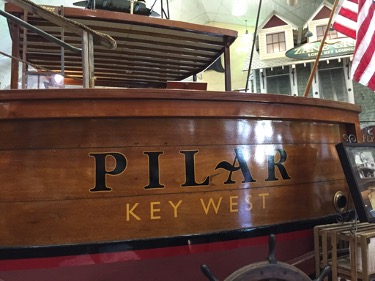
Lately, we’ve been watching the Burns/Novick documentary and reading a slew of articles adding to and feeding off the series. Of course, interest in Papa Hemingway never faded but the focus on his work has.
In his 50’s he was regarded as washed up. After For Whom the Bell Tolls (1940) there was a 10-year dry spell and a bout of deep depression. He lamented that “the gift was gone.” But he persisted, began to write again and published Across the River and Into the Trees in 1950. A year later he wrote The Old Man and the Sea, the book that caused Mark Shorer America’s premier scholar to say “He is undoubtedly the greatest craftsman in the American novel of this century.” In 1954 he was awarded the Nobel Prize in Literature and seven years later put a shotgun to his head. Dead at 61.
I read A Clean Well-Lighted Place, his short story about two old men in a Spanish café when I was a college freshman. It was in a lit class and followed a reading of War and Peace. The contrast was astonishing. In the Hemingway story nothing really happens – which is the point. Nada, nothing, is the key word throughout the story. The prose is spare to the point of boredom. This was the new American writing, a style suggested by Gertrude Stein and Sherwood Anderson, his mentors.
In his 40 years, he was prolific – seven novels, six short story collections, and two works of non-fiction published while he was alive, as well as four short story collections, A Moveable Feast and two more non-fiction works published by his executors posthumously. All this on top of his work as a war correspondent in WWI, the Spanish Civil War, and WWII.
Unlike Nabokov and Lolita, it’s difficult to separate art from artist in his case. He identified with many of his characters – Frederick Henry in A Farewell to Arms, Robert Jordan in For Whom the Bell Tolls, Colonel Cantwell in Across the River and Into the Trees, Santiago in The Old Man and the Sea, Macomber in The Short Happy Life of Francis Macomber and Harry Street in The Snows of Kilimanjaro. All of them sad but noble characters.
Hemingway was also a sad character, progressively so, but less noble except in the self-mythologizing he was so good at. Not that there weren’t admirable things about him but alcoholism and nine major head traumas (concussions) help explain much of what happened to him later in life.
A recent book, Hemingway’s Brain, by Andrew Farah a professor of psychiatry at the University of South Carolina Medical School argues that “Hemingway suffered from chronic traumatic encephalopathy (CTE) as the result of numerous severe concussions during his life, and his ultimate dementia was complicated by alcoholism as well as untreated diabetes and hypertension, possibly contributing a vascular component. This condition not only informed Hemingway’s day-to-day life, interactions, and relationships, but the later literary works as well.”
The Burns/Novick documentary covers most of the concussions – a WWI ambulance crash, a London car crash during the Blitz, a Jeep accident in Germany following D-Day, a fall on the Pilar, and two plane crashes in Africa (in two days). In his last year he was treated with multiple electro-shock treatments administered at the Mayo Clinic in an effort to deal with his depression. In the end they had the effect of erasing his once photographic memory. This photograph shows a large lump on the left side of his head, evidence of one of the head traumas.
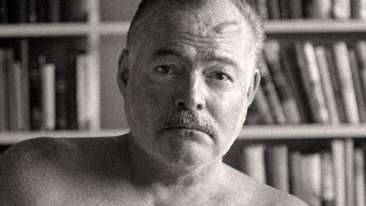
My first taste of serious literature was reading Steinbeck and Hemingway. Last year I paid a $1900 library fine to Roosevelt High School for the copy of The Old Man and the Sea I never returned and still have in my bookcase. If my taste has matured it is due in large part to the Hemingway influence.
I admire his art, and there was a time when I might have defended the man, but evidence of his character flaws is overwhelming. #MeToo is having a field day feeding on the carcass, and I’ve separated my appreciation for the art from the artist who made it. I know my own writing wouldn’t be the same without his and I wouldn’t have had all those pleasurable hours where I felt his presence with Bumby under fall skies in Idaho.
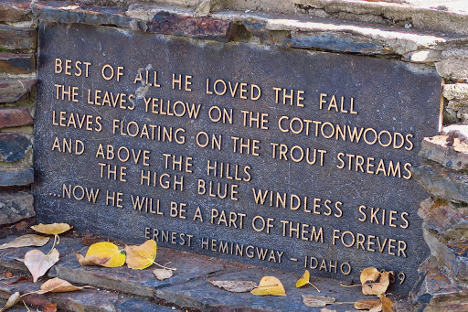
Postscript: Do you wonder why Mary “forgot” and left the keys to the gun locker out on top of the freezer when he had tried to commit suicide that way before?
